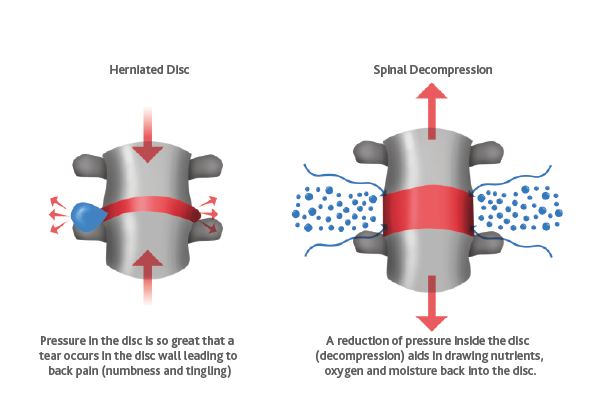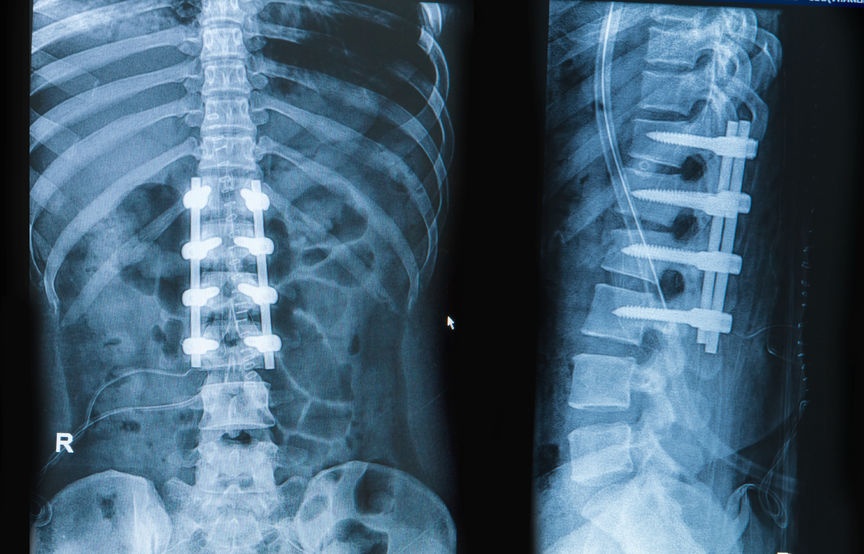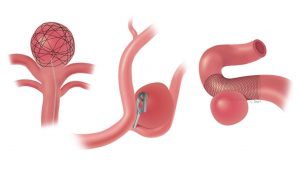Minimally Invasive Spine Surgery & Latest Advances in Spine Surgery
Minimally Invasive Spine Surgery (MISS) also known as less invasive spine surgery which aims to stabilize the vertebral bones and spinal joints or relieve the pressure being applied to the spinal nerves.
Traditionally spine surgery has been done openly which means we use long incisions and there is significant retraction of muscle to expose the spine. However, technology has advanced which has allowed us to make smaller incisions to accomplish the same tasks and with these smaller incisions. There is less trauma or disruption of soft tissue around the spine which typically results in less blood loss, lower rates of infection, and faster recovery.
Indications for minimally invasive spine surgery are largely similar to open surgery, we can treat many conditions such as stenosis, which is narrowing around the spinal cord or nerve root, infections, tumours, etc. We can also treat instability in the spine where there is an abnormal movement between bones which can be very painful. We can place the hardware and eliminate the movement. The great advantage is that we are making smaller incisions so there is less disruption of soft tissue around the spine. Patients have typically less pain after surgery and are able to recover quicker.
There are different types and techniques for minimally invasive spine surgery. All of these techniques aim to reduce injury to the muscles and ligaments surrounding the spine. In general, there are two types of minimally invasive surgery, these are:
Spinal Decompression Surgery

In spinal decomposition surgery, we’re trying to decompose and remove strategically owned ligaments in some cases disk fragments that are compressing the spinal cord or nerve roots
Spinal Fusion surgery

With spinal fusion surgery, we are also trying to decompress the nerves and spinal cord but we’re also fusing or fixing the vertebrae together, this helps in eliminating painful movement between the bones.
Latest Advances in Spine Surgery
Spinal surgery has made great advances in the past two decades. These advancements are due to improvements in technology as well as innovations in new techniques. So the advances in technology are:
Intra-operative 3d imaging system, where we can obtain the complete 3d orientation of patient’s anatomy of the spine during the surgery which is going to help us guide understand the pathology better and to exactly know what we are dealing with
The navigation system basically helps us to navigate the patient’s spine during the surgery. It can help us track any of the surgical instruments in real-time with respect to the patient’s anatomy in the surgical field and this accurately improves the accuracy of the surgery.
An intra-operative neuromonitoring system basically monitors all nerves during surgery as the patient is under general anaesthesia. It warns us in case of unintentional injury without the knowledge of the surgeon. So the veins of the patient can be completely monitored and preserved from the beginning to the end of the surgery. This technology makes spine surgery extremely safe.
Wrapping Up
So when we combine the technologies that are intra-operative 3d image, navigation system, and Intra-operative neuro monitoring system with minimally invasive spinal surgery gives maximum advantages to the patients. It improves spine recovery and spinal surgery outcomes. However, these technological and techniques advances in spine surgery are safer, effective, and more accurate than what it was before.




